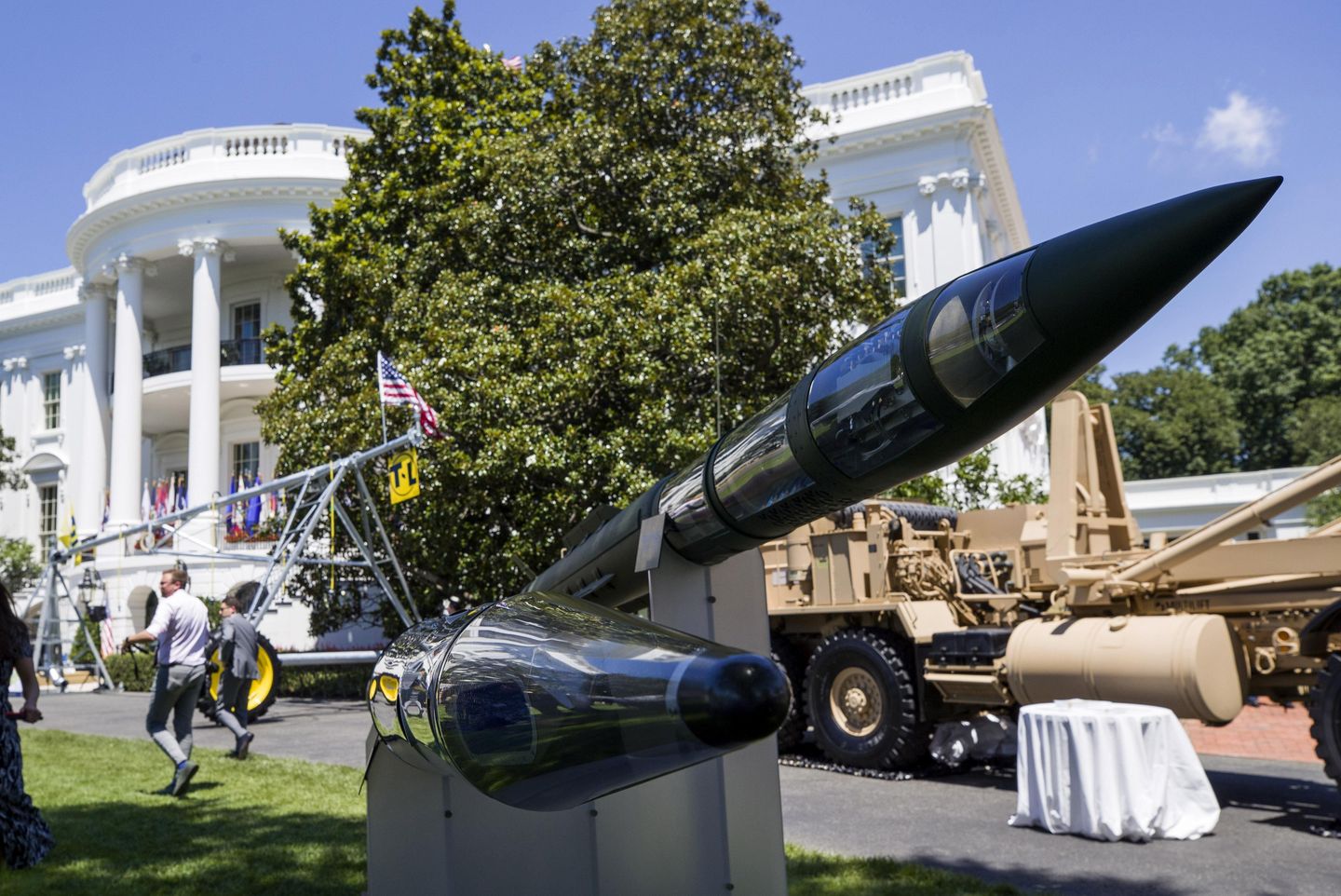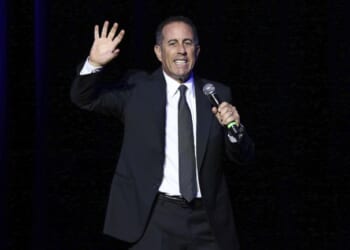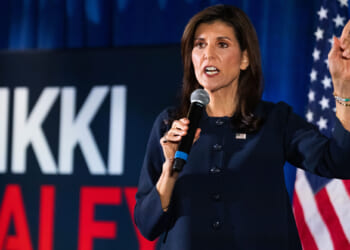
President Trump’s “Golden Dome” system probably won’t be up and running by the time he leaves office in 2029, but missile defense experts contend U.S. security will be enhanced anyway if the administration takes appropriate action.
Researchers at the Foundation for Defense of Democracies praised the idea behind the Golden Dome project at a launch event panel for the think-tank’s Air and Missile Defense Program.
The dome, they said, is an important step that will need broad, intergenerational support from the defense industry, elected officials and the public.
“He had mentioned at the time, the vice chief of staff of the Space Force, that this is gonna take a cultural shift, an interagency cultural shift, to accomplish,” said Lydia LaFavor, research fellow at the FDD’s Center on Military and Political Power. “And then we also have to have a political base that’s willing to invest over multiple generations in order to create the shade from this tree that’s gonna exist for, you know, our kids and grandkids and their kids several generations from now.”
Mr. Trump launched the “Golden Dome for America” project in late January through an executive order. The order calls on the secretary of defense to present the president with a framework for a next-generation missile defense shield that will protect against “ballistic, hypersonic, advanced cruise missiles, and other next-generation aerial attacks from peer, near-peer, and rogue adversaries.”
Ms. LaFavor said that capturing public support may be crucial for ensuring the success of the Golden Dome across multiple presidential administrations. However, the scale of public understanding and support for the project is unclear.
The experts cautioned against framing the Golden Dome as either a Republican or Democratic project, warning that partisanship would likely impede progress on a crucial defense system.
“No matter how partisan someone might be reflexively, if you wanna do big, good things for our country that last, you have to be able to convince the other party,” said Bradley Bowman, senior director of the FDD’s CMPP. “I’m not suggesting anyone’s necessarily doing this now, but if this is framed as a partisan thing, you’re basically killing it in the cradle. What is more nonpartisan or bipartisan than defending our homeland?”
Without partisan framing, the panelists said, lawmakers and the Department of Defense can have constructive debates over how to implement Golden Dome. FDD’s experts say that the system should be space-based, focusing on implementing, upgrading and maintaining a vast satellite infrastructure to defend against missiles and drones.
“At least 70 or 80% of the resources applied should be going toward a system that will not evidence itself during the Trump administration,” said Mark Montgomery, senior director of FDD’s Center on Cyber and Technology Innovation. “And you need to be saying ‘we’re making America safe from cruise, ballistic, and hypersonic threats, that come from any of those adversaries that have not yet been developed.’ That’s the beauty of the forward-looking thing.”
The panelists pushed back against criticism of the Golden Dome as a system that could ignite an arms race. An integrated, space-based missile defense system is essential to safeguarding the U.S. against current and emerging threats, the experts said.
“I’d say they’re already racing,” Mr. Bowman said. “We think as Americans, everything’s a response to us. Well, you know, news flash, sometimes there’s terrorists who just wanna kill us regardless of what we do. Sometimes there’s autocrats that just wanna wage the largest invasion of Europe since World War II.”












